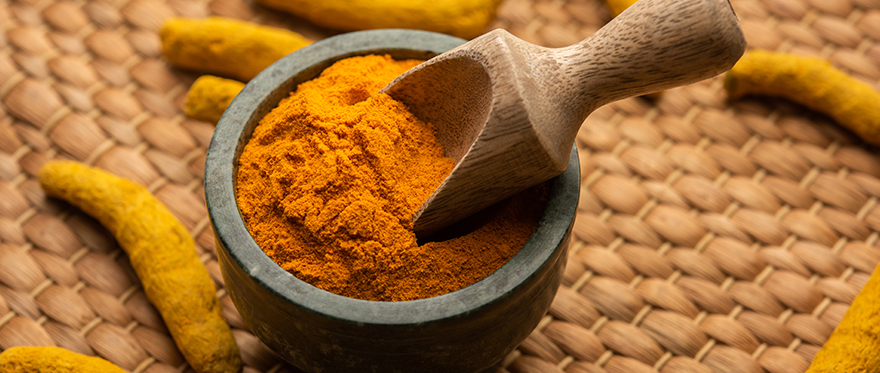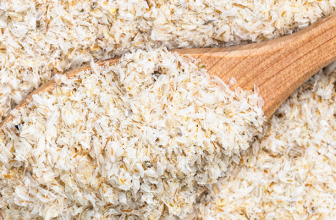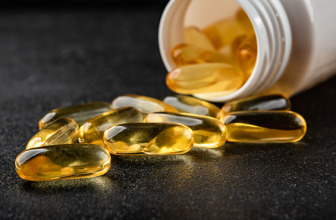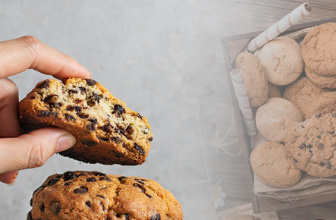
INTRODUCTION
Acid reflux is a common problem for many people. It’s caused by acid backing up into the esophagus, which is the tube connecting your throat to your stomach. This can cause a burning sensation in your chest or back and make you want to vomit. In some cases, it may even cause damage to the esophagus. Fortunately, there are ways to manage your symptoms!
Do you have acid reflux?
If you’re reading this article, it’s probably because you or someone you know has been diagnosed with acid reflux. Acid reflux is a painful condition that affects millions of people in the United States alone, but many people don’t realize how common it is or what causes it. Here are some facts about acid reflux:
• Acid reflux is more common among women than men
• It occurs more often in older adults than younger adults
• It’s more likely to occur if you’re overweight
Acid reflux affects nearly 60 million Americans daily.
Acid reflux affects nearly 60 million Americans daily, and many of these people are looking for ways to manage their symptoms. If you’re one of the millions who suffer from acid reflux, or GERD (gastroesophageal reflux disease), this article should help you understand what causes it and how to treat it naturally!
Acid reflux occurs when stomach acid flows up from the esophagus into your throat. It can also be caused by problems with the valve that separates your stomach and esophagus, causing food and fluids to go up backwards into your esophagus instead of down into your stomach. This condition is called gastroesophageal reflux disease (GERD).
Do you know what causes acid reflux?
Let’s start with some basics. Acid reflux is caused by a variety of factors, but in general it involves the stomach producing extra acid and sending it up into your esophagus.
It’s important to identify the underlying cause of your acid reflux to get proper treatment. Some common causes include:
• Eating too quickly or eating too much food at once
• Dehydration (not drinking enough water)
• Large amounts of fat in meals (fried foods, greasy dishes like bacon-wrapped filet mignon)
The stomach contains acid to help with the digestion of food and to kill bacteria.
Your body’s stomach contains acid to help with the digestion of food and to kill bacteria that may be in your food. When you eat, your body produces stomach acid by secreting substances called enzymes, which break down proteins into smaller pieces and make them easier for your intestines to absorb.
When there is too much or too little stomach acid, it can cause problems with food digestion, especially if you have a digestive disorder such as heartburn or GERD (gastroesophageal reflux disease). The term “acid reflux” refers to when this excess amount of stomach acid travels back up into the esophagus causing pain and discomfort.
Is your stomach overproducing acid?
Acid reflux is caused by the stomach overproducing acid, which then travels up the esophagus and into your throat. The acid causes damage to the tissues of your digestive tract and can even cause a burning sensation in your throat. This article will help you learn what’s causing your stomach to produce more acid than it should, and how you can treat it.
The main role of the stomach is to digest food and kill bacteria that may be present in it. The acidic environment in the stomach helps break down proteins from food into smaller molecules that can be absorbed by cells in our small intestine for use as energy or building blocks for new proteins (like muscle).
What are the symptoms of acid reflux?
Acid reflux is a condition that affects millions of people around the world. It occurs when stomach acid rises up into the esophagus and causes irritation, which can lead to discomfort or pain in your chest, throat, or mouth. The most common symptoms of acid reflux are heartburn and regurgitation (vomiting).
Symptoms of acid reflux include:
• Heartburn.
• Nausea and vomiting.
• Dysphagia (difficulty swallowing).
• Chest pain or discomfort that may radiate to your back or shoulders if you have GERD (gastroesophageal reflux disease) with a hiatal hernia. This type of heartburn is called “reflux esophagitis.” In rare cases it can cause bleeding from irritated areas inside the esophagus due to chronic exposure to stomach acids!

When stomach acids move in the wrong direction, problems arise.
When stomach acids move in the wrong direction, problems arise. The acid reflux is caused by the stomach acids moving in the wrong direction. This happens when a valve between the esophagus and the stomach does not close properly, allowing the acidic contents of your stomach to travel up into your esophagus and throat. This valve is called the lower esophageal sphincter (LES).
What can you do to treat acid reflux?
If you have acid reflux, there are several ways to treat the condition. Some of the most effective methods include avoiding foods that trigger your symptoms, taking antacids or other medications to reduce acid levels, and using a proton pump inhibitor (PPI) for long-term treatment. You may also want to try natural remedies like chamomile tea, pepsin supplements or betaine hydrochloride.
Other options include:
• Avoiding certain foods that trigger heartburn symptoms.
• Taking antacids such as Tums® or Rolaids® on an as-needed basis when you eat something that could cause heartburn. Antacids neutralize stomach acids in your esophagus so they don’t irritate its lining and cause pain or discomfort in your chest area (the main symptom of acid reflux). Antacids can be taken before meals if you think you’ll experience heartburn afterward; however, if you take them too often over time it can lead to other health problems because they contain high amounts of magnesium which is not good for people with kidney disease/renal failure.”
There are ways to manage your symptoms!
If you’re struggling with heartburn, it can be tempting to cut out the foods that make you most happy. But before you say good-bye to that fave meal or snack, consider these tips for managing your symptoms:
• Eat smaller meals. This will help reduce the amount of acid and bile in your stomach at any given time. You’ll also feel fuller faster, which means fewer cravings later on!
• Eat slowly and mindfully. Your body has time to tell you when it’s full if you take a moment between bites to focus on what’s happening in your mouth and stomach. If this takes practice (and it should!), try listening to music while eating and practicing mindful breathing exercises while chewing each bite 20 times before swallowing—you’ll be surprised by how much more relaxed this makes you feel!
• Avoid spicy foods as much as possible: they increase production of gastric juices which could further aggravate an already sensitive esophagus lining causing more pain than necessary so avoid them altogether if possible instead stick with simple proteins like chicken breast or steak served rare so there is less chance for irritation caused by high levels of heat exposure like those experienced during grilling or frying versus baking baked potatoes rather than french fries baked apples instead fried apple pies etcetera
Conclusion
I hope that this article has helped you understand acid reflux and how to manage it. If you are still experiencing symptoms, please talk to your doctor about treatment options.







